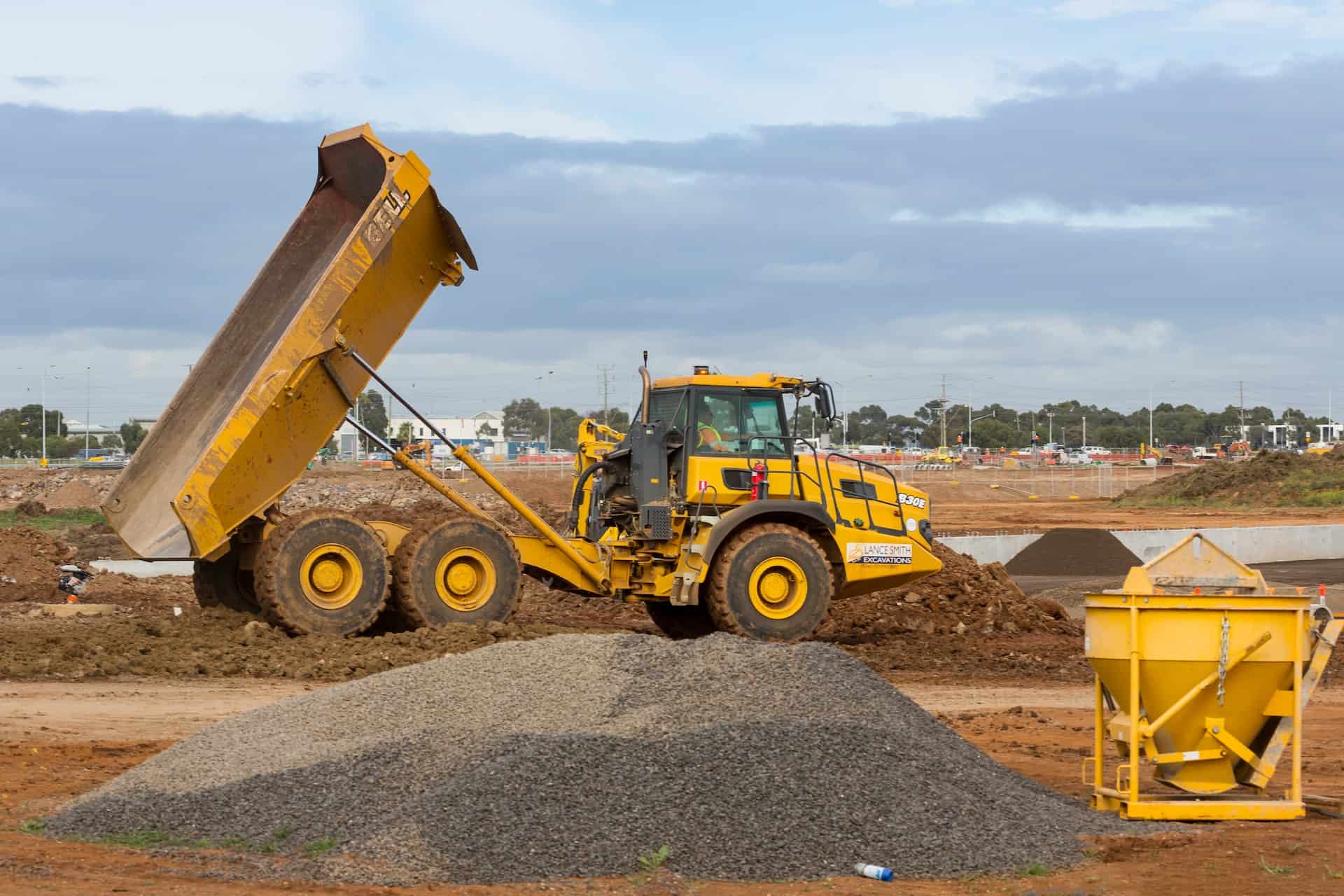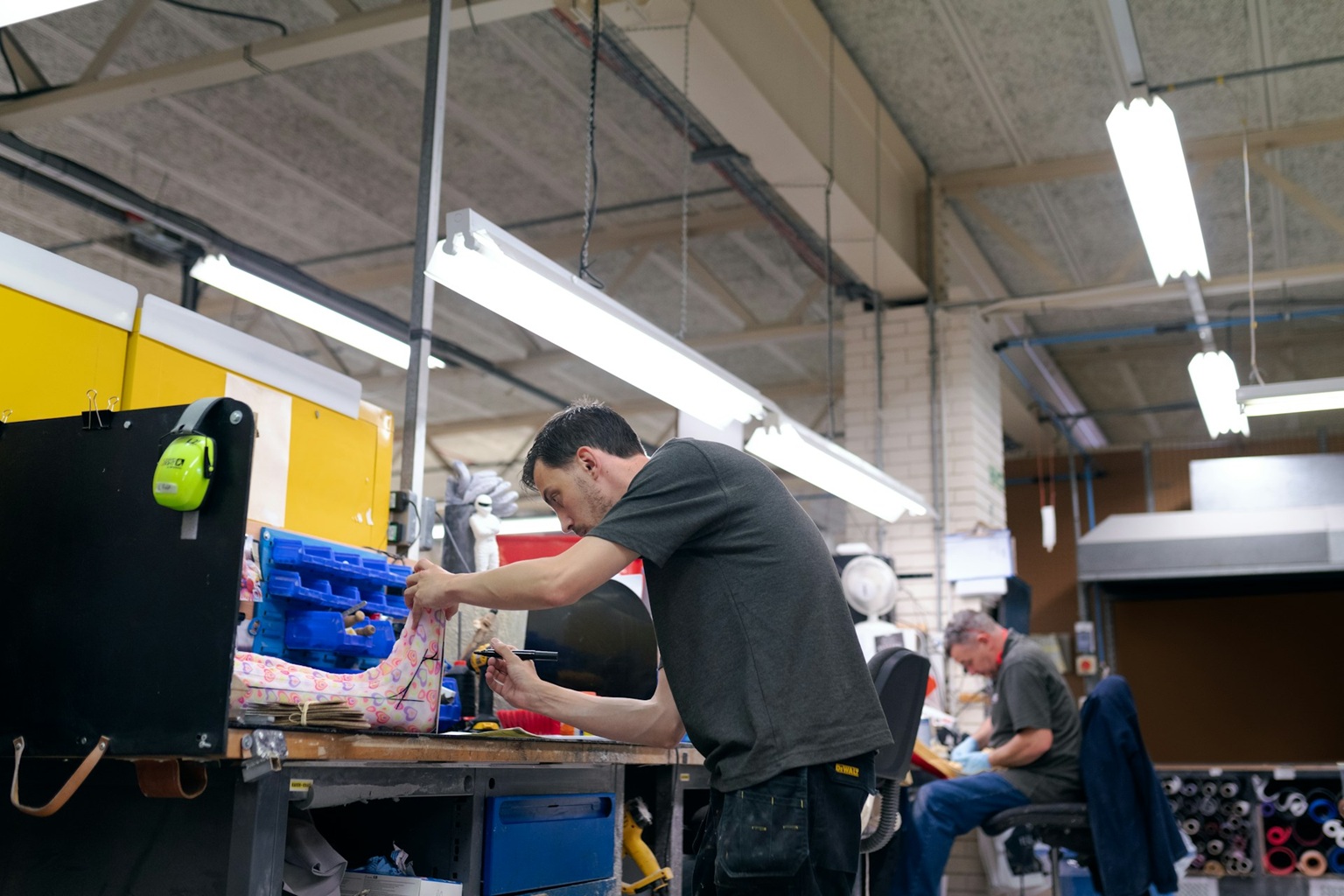
How Do Hydraulic Trucks Work?
February 10, 2023 - Lou Farrell
Revolutionized is reader-supported. When you buy through links on our site, we may earn an affiliate commission. Learn more here.
Our world is full of towering buildings that scrape the sky, massive stone structures and incredible feats of construction. While it is easy for many people to stare in awe at the architectural wonders of the world, many people don’t realize the magnitude of machinery that helps teams build large structures.
Hydraulic trucks are just one example of a vehicle that can transfer incredible amounts of materials across highways and around construction sites. Through hoses and tubes, hydraulic trucks provide a much-needed lift in a variety of industries.
Learn about the inner workings of these awe-inspiring vehicles and how they could aid construction professionals in their next project below. Hydraulic power is moving the world forward, and these trucks are just the beginning.
The Power of Hydraulic Trucks
Transmitting energy can come in electrical, mechanical and hydraulic forms. Electrical energy relies on charged particles in an atom, and mechanical relies on kinetic movement. Hydraulic power is all about the movement of water or liquid.
Hydraulic trucks run on fluid power using motors, cylinders, valves and tubes. This fluid is usually oil. According to Pascal’s Law, a pressurized fluid running through a closed system will apply equal pressure in all directions. The pressurized fluid inside the hydraulic truck is then spread throughout the motors and cylinders.
Hydraulic systems are also cheaper and more reliable than other options like diesel or air breaks with fewer components and maintenance upkeep. Their immense power and simplicity allows many industries to implement their usages, such as airports, bridges, roads, railways, apartment buildings and stadium centers. Typically, these buildings need hydraulic crane trucks which lift tremendously heavy materials high in the air. For example, a 100-ton crane can lift up to 32,500 lbs upward.
A hydraulic boom truck specifically can drive on highways and uses diesel to drive. However, in its boom and crane are the powerful hydraulic systems. Industry professionals in construction and mining will recognize well these impressive lifters, as they are a staple in these industries. Some cranes are so large that they must be carted on other vehicles to the site.
While the above industries have heavy materials that need to be moved, local communities and construction companies can use hydraulic work trucks for plowing snow and cleaning the streets.
The Inner Workings and Specializations
Inside these dominant machines are a series of parts that work together to create immense structures. Hydraulic trucks have a cab for the operator to control the truck’s or crane’s movement. If there is a boom crane, it sits atop a steel base.
Inside, one would find:
- A lattice structure that allows the boom crane to extend
- Retractable supports for stability called outriggers
- Cab counterweights for stability
- Rotex gear for horizontal movements
- Two-gear pump connecting pistons, hoses and pipes. Here is where the fluid becomes pressurized enough to exert the needed power
- Steel cables to secure the load
- A load movement indicator so that the crane does not overheat or overload on its heavy-lifting job
- Interlocking gears and pumps that move the fluid
- Variable-displacement pumps that are connected to pistons. Pushing and pulling against a plate, these pumps can the fluid oil moves smoothly
For more specialized jobs, street sweeper hydraulic trucks can come equipped with a gutter broom and main broom that push street debris into the inner conveyor belt. The debris then travels to a hopper to store the trash for pickup at the end of the route. After the preliminary sweeping, water jets spray the road to ward against dust and dirt.
Many hydraulic trucks are also snow plowers or blowers. These come equipped with steel lift arms with sharp ends to scrape and lift the snow off of sidewalks and parking lots. The hydraulics inside can raise, lower, hold, and twist this steel arm to place the snow in a safer area.
Though this incredible feat of machinery is highly valuable, be sure to maintain proper care. Ensure that there is proper stability in the ground. For example, muddly or uneven terrain can place the vehicle off balance and unable to lift safely. Additionally, make sure that there is proper room for the crane to move upward or support safety vehicles on roadways.
The Benefits of Hydraulic Trucks
Hydraulic trucks are easy to maintain and incredibly powerful. Their flexibility on roadways or in shifting angles to haul loads is beneficial to the many needs of construction crews. These versatile vehicles can be bought by construction or other companies for a variety of hauling and lifting jobs, but their mobility allows rental companies to lend their usage out to a handful of organizations. One night the truck could lift steel beams for a new skyscraper and the next be adding a giant Christmas bow to the local town mall.
Other types of heavy construction equipment, like stationary cranes, are immense structures that haul materials up large heights, but they take time to install and maintain. Movement is limited, so time is spent hauling the crane on other trucks or shifting to the right position. Its engines are not as optimized as hydraulic cranes, and diesel engines need frequent maintenance.
Additionally, it is easy to spot oil leaks on a hydraulic vehicle and maintenance can begin right away. Be sure to check for leaks often as they can introduce harmful effects onto the environment. Ensuring that the right liquid is filled into the system and that it has proper filtration will solve any issues.
Perhaps the most beneficial is the hydraulic crane’s lightweight body. Chugging down the highway or cementing in place for a lifting job, hydraulic trucks can move more easily than stationary cranes.
The Future of Hauling and Lifting
Understanding how hydraulic trucks and cranes work allows more industry professionals to advance their services. Construction teams can lift heavier objects with ease and local officials can clean the streets with powerful and efficient engines.
While diesel trucks and cranes are a staple of the vehicular world, hydraulics are the future of hauling and lifting. Ease and power are beneficial to a smooth and timely operation, and these vehicles provide just that.
Explore how hydraulic trucks power the world and consider how they can accelerate your next project today.
Revolutionized is reader-supported. When you buy through links on our site, we may earn an affiliate commission. Learn more here.
Author
Lou Farrell
Lou Farrell, Senior Editor, is a science and technology writer at Revolutionized, specializing in technological advancements and the impacts on the environment from new developments in the industry. He loves almost nothing more than writing, and enthusiastically tackles each new challenge in this ever-changing world. If not writing, he enjoys unwinding with some casual gaming, or a good sci-fi or fantasy novel.






